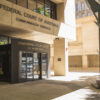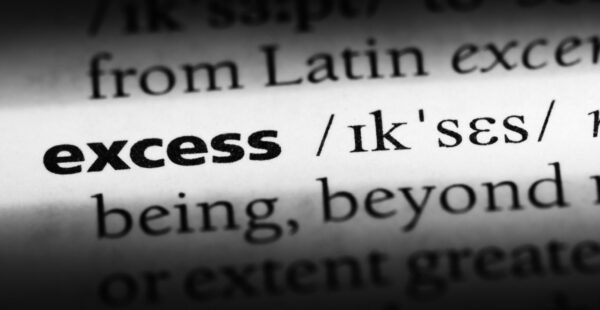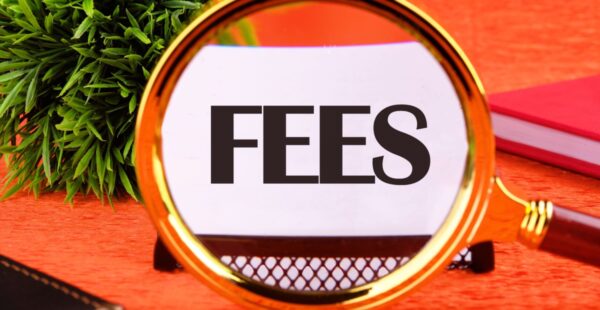Consensus that ASIC can cut cost of Adviser Exam

An industry consensus has been conveyed to Treasury that there is now justification for the Australian Securities and Investments Commission reducing the cost of the financial adviser exam.
The Financial Adviser exam appears to have become a smaller issue for the financial planning profession, with the latest Treasury consultation generating just six submissions only one of which came from a financial adviser.
But a core consensus of those six submissions is that ASIC should reduce the cost.
The consultation around the draft legislation to shift the exam to multiple-choice questions and to remove the requirement that only provision and relevant providers and existing adviser could sit the exam drew overwhelmingly positive responses.
The Treasury consultation opened on 14 December and closed on 10 January and, in that time, the only submissions received were from the major accounting groups, Chartered Accountants ANZ and CPA Australia, the Financial Advice Association of Australia (FAAA), the Financial Services Council, the SMSF Association and the Stockbrokers and Investment Advisers Association SIAA).
While the major accounting groups suggested that the financial adviser exam was no longer required, the other groups used their submissions to reinforce the desirability of moving to the multiple choice format.
The Financial Services Council even went so far as to defend the integrity of a multiple choice approach.
“Arguments that multiple choice questions somewhat make it ‘easier’ for students to game the exam are without foundation,” the FSC said.
“Multiple-choice exam can be appropriately set and rigorous. Given the proposal requires at least 70 questions we view this as adequate to test such knowledge rigorously without diminishing education standards.”
At the same time, the FAAA, the SMSF Association and the SIAA opened the door for Treasury to contemplate that ASIC should reduce the cost of the exam.
The SMSF Association encapsulated the sentiment in the following fashion:
“The costs associated with the administration of the exams have significantly increased since the transition of their administration from FASEA to ASIC. We understand that this is in part due to lower numbers of exam candidates. In 2019, the exam fee was $597 per sitting and is currently $1,500 per sitting. These increases are not insignificant, are not sustainable and risk creating a barrier to entry.”
“We anticipate, and look forward to, the proposed exposure draft amendments resulting in a substantial reduction in the exam fee.”











So in other words, almost 80% of the surveyed clients have no thoughts of replacing their adviser. This is a…
Deliberate adviser blocking tactics by union super funds. Some are OK, such as ART and and Aware. But Australian Super…
Of course the SMC supports ASIC’s IDR naming and shaming proposal—this is entirely in line with its broader strategic playbook.…
Has anyone noticed that most platforms try to classify complaints as feedback instead of complaints nowadays? Even when you stipulate…
No this would be analogous with Industry Funds being named and shamed for individual breaches and incidents in IDRs and…